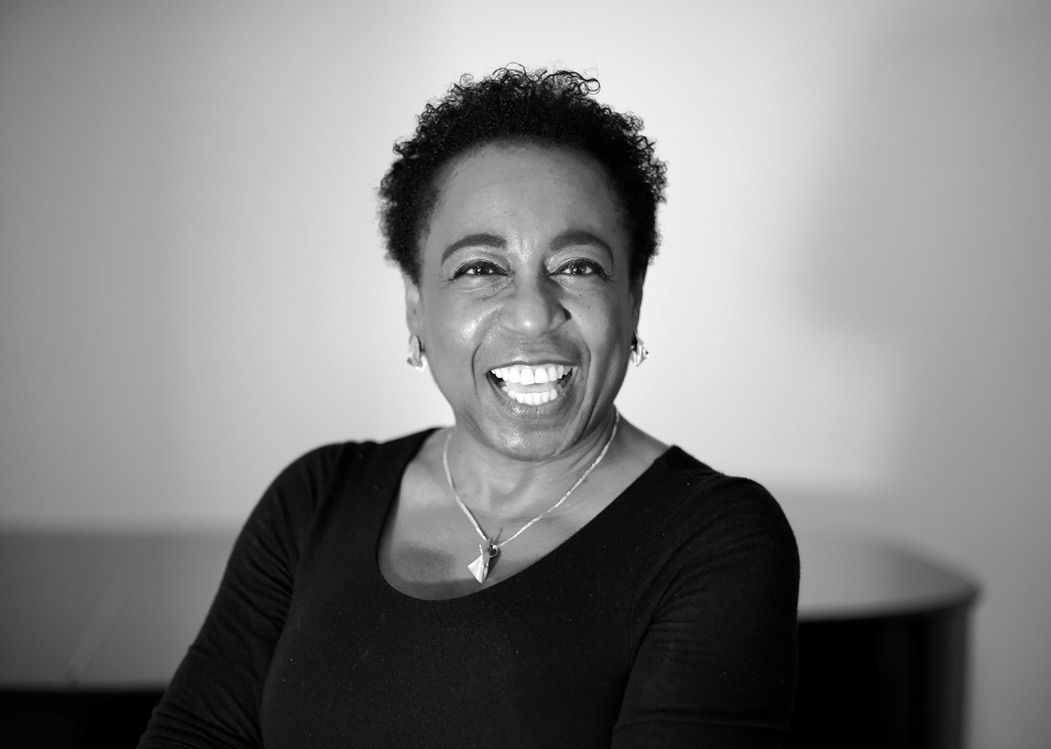What has been encouraging is the increasing flexibility and accessibility that the evolution of the digital and virtual world has afforded women. This has provided access to education and professional jobs that, in the past, were just not there. At the top of organisations, we see that the presence of women on boards, particularly in the UK, has increased – women are now reported to make up over 40% of FTSE 100 top leadership roles (as reported in this UK Government article). Whilst this must be commended and the progress made recognised, there is still much work to be done. Here are 5 ways in which women are still at a disadvantage professionally.
1. The gender pay gap exists and in some quarters is growing wider
A measure commonly used to demonstrate progress is the gender pay gap. Sadly, this gap still exists and, according to data published by the ONS, it has actually increased. When there is a pay gap, what it says is that women and their skills are valued less than their counterparts in the world of work. Yet the skills and capabilities women are reported to possess are the very same ones that are needed for success in today’s world of constant chaos, change and volatility. It is therefore important that organisations genuinely believe in equity and the contribution that female leaders make. It’s essential to continue to take steps to deal with legacy systems of compensation and put in place meaningful plans to close the gap.
2. Most the of responsibility for care still lies at her door
Women are more likely to take on caring responsibilities than men according to statistics reported by Carers UK. The ability to work remotely and virtually has been welcomed by many women but the downside of this is that women’s work and responsibilities as carers is not relieved by this. So, what you have is the professional woman who works from home juggling the responsibilities of being a leader at work and home, being a caregiver and sometimes being the main household income earner, without work giving her the support and resources to match her needs.
3. Lack of adequate sponsorship
Whilst there is increased representation of women on Boards, the same cannot be said for the critical and heavyweight c-suite roles. This is because they are often not handed those big projects and high stakes roles that, when done successfully, will lead to a seat at the table of the CEO, as this HBR article shows. What it also means is that she is less likely to have a sponsor – a person who acts as her agent and advocate when she’s not in the room. The role of a sponsor is key to the advancement of talent in an organisation and most definitely to the advancement of the woman leader.
4. The spectre of bias remains
The theme for this month’s International Women's Day is #BreakTheBias. It is an apt theme because women still face bias in the world of work, and this is an obstacle to her progress and career advancement. In spite of the widely reported work that many organisations have put in place to deal with conscious and unconscious bias, it still exists, as is highlighted in this report by Roffey Park. This means that, in addition to the usual day to day challenges of progressing work objectives and dealing with stakeholders, direct reports, clients etc, women have the added challenge of standing up to bias, refuting it, coping with it and attempting all kinds of creative ways of dealing with it, without losing her soul in the process. Here I want to draw attention to the plight of the black woman professional as not only does she have to deal with the bias that comes with being a woman, she has the double challenge of having to deal with the bias that comes because of the colour of her skin, as shown in this McKinsey report. And the darker her skin the bigger the challenge. This is the reason why, as leaders, we are sometimes asked to pay attention to the issues of intersectionality. The WEF describes this as colourism.
5. Access to resources
One of the ways in which business leaders gain access to resources is through the power and influence of networks and networking. The reality is that a lot of networking events happen at a time of day when the woman is less likely to be available, for instance in early mornings or evenings. As I mentioned above, many women are principal carers, and some may have young children, so dedicating this time to meet with potentially useful connectors is challenging. Covid has also made this worse – as women have been more negatively affected by it than men, as reported in this BBC article.
About the author: Yetunde Hofmann is a Board level executive leadership coach and mentor, global change, inclusion and diversity expert, author of Beyond Engagement and founder of SOLARIS – a pioneering new leadership development programme for black women. Find out more at http://www.solarisleadership.com/











